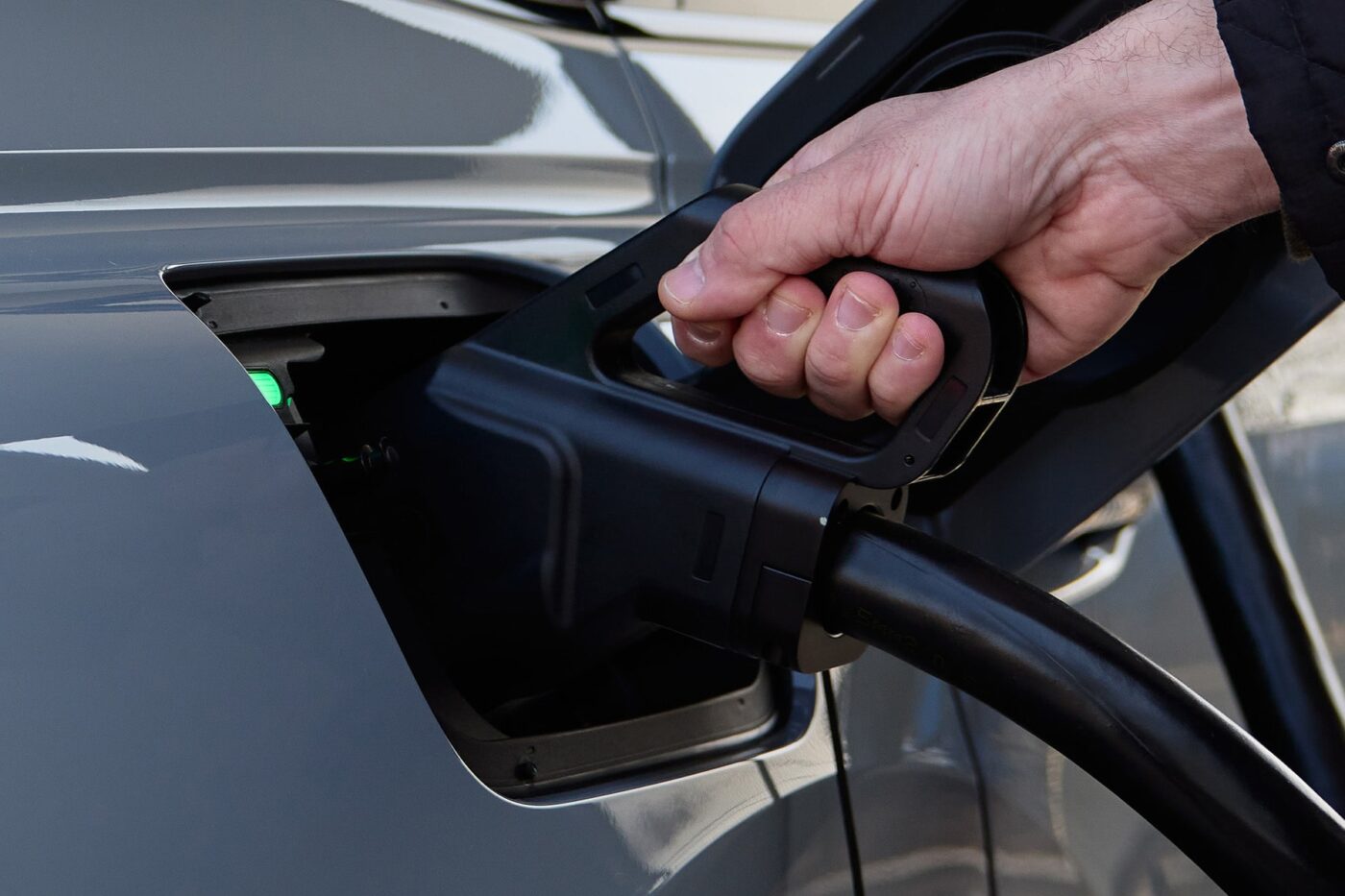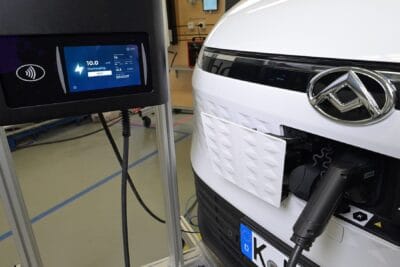EU Parliament waves through softened CO2 targets
The more flexible CO2 fleet targets are one of the measures with which the EU Commission wants to improve the competitiveness of the European car industry. The proposal gives car manufacturers the option of not having to achieve the known CO2 fleet targets for 2025 directly this year, but instead only in the three-year average between 2025 and 2027. This is one of the results of the EU strategy dialogue on the future of the car industry, which was launched at the beginning of the year.
With the decision taken by the European Parliament on Thursday, the EU Council, in which the member states are organised, still has to approve the EU legislation. This step is generally considered more of a formality, but in this case it is particularly important: as the EU Parliament announced, the Council already approved the same text on Wednesday, so all that is needed now is the Council’s formal approval of a text that has already been approved in terms of content.
When Commission President Ursula von der Leyen presented the results of the EU strategy dialogue at the beginning of March, the weakening of the long-known CO2 targets for 2025 was one of the biggest topics. The current regulations set targets for five-year periods to reduce the average CO2 emissions of new cars and vans. The targets for the period from 2025 to 2029 correspond to an annual CO2 reduction of 15 per cent compared to the 2021 values.
The target values themselves are not to be adjusted. The draft amendment presented by the EU Commission at the end of March and officially submitted in April introduces the flexibility to fulfil the targets over a three-year period. Essentially, this means that car manufacturers will no longer have to achieve the CO2 fleet targets in 2025, 2026 and 2027 directly in the respective year – instead, the average will now count. This means that a car manufacturer that falls significantly below the CO2 emission limits this year could exceed them next year – and vice versa. A balance sheet will then be drawn up at the end of 2027 – and car manufacturers that have achieved their CO2 fleet target on average over the three years would go out without a penalty. Until now, however, the spectre of having to pay high fines immediately after 2025 if the 2025 CO2 fleet target was not met has been the spectre of the industry.
We have covered the criticism of the ‘averaging’ of CO2 emissions in detail in this article. In a nutshell, NGOs assume that car manufacturers would have reached the stricter CO2 targets for 2025 anyway due to rising electric car sales and that the softening would therefore be more detrimental to the spread of electric cars because more combustion engines could be sold again. This could result in the CO2 targets for 2025 being exceeded again after all, only to fulfil them exactly on average later on.
Incidentally, the EU Parliament only voted on CO2 emissions today, Thursday, with the clear result mentioned at the beginning. There were already some reports on Tuesday that such a decision had been taken. On that day, however, the EU Parliament had only decided to deal with the dossier under the urgent procedure, so that it could be voted on this Thursday.





0 Comments